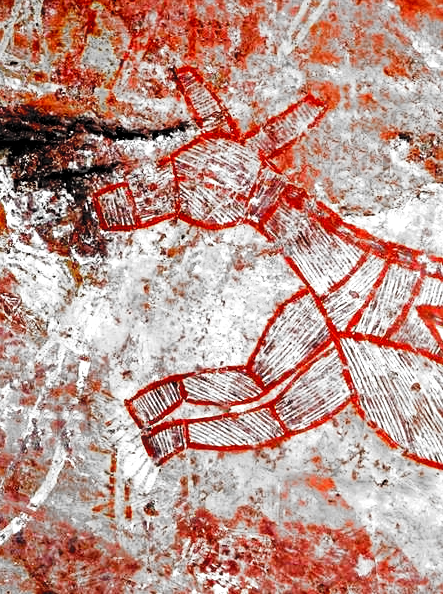ANSTO aids ancient protection
 ANSTO has teamed up with local authorities to protect ancient Aboriginal rock art in Western Australia.
ANSTO has teamed up with local authorities to protect ancient Aboriginal rock art in Western Australia.
Dubbed the Murujuga Rock Art Monitoring Program (MRAMP), this joint initiative between the WA Department of Water and Environmental Regulation (DWER) and the Murujuga Aboriginal Corporation (MAC) aims to safeguard the rich cultural heritage etched into Murujuga's rocks.
To bolster the monitoring efforts, the Australian Nuclear Science and Technology Organisation (ANSTO) recently deployed a state-of-the-art radon detector on the Burrup Peninsula, also known as Murujuga.
The radon monitor plays a pivotal role in gathering crucial data, allowing better distinction between various atmospheric pollutants that threaten the rock art's preservation.
Dr Scott Chambers, the environmental scientist responsible for installing the ANSTO-built detector, says there is a major challenge in identifying different pollutant sources in this region with complex weather and wind patterns.
“Distinguishing between some of these sources in a region such as the Burrup Peninsula, where weather and wind patterns are so complex, can be challenging,” he said.
Radon's exceptional capability to differentiate between air masses from oceanic and continental origins provides a much-needed advantage.
By analysing radon measurements, scientists hope to gain deeper insights into the quality of air in both oceanic and continental areas, facilitating the interpretation of air quality data.
ANSTO's atmospheric radon-222 monitor, a 1500-litre behemoth, is proudly recognised as the “world's best” by the World Meteorological Organization.
As one of only 41 radon detectors worldwide, it marks a significant milestone in preserving cultural heritage.








 Print
Print